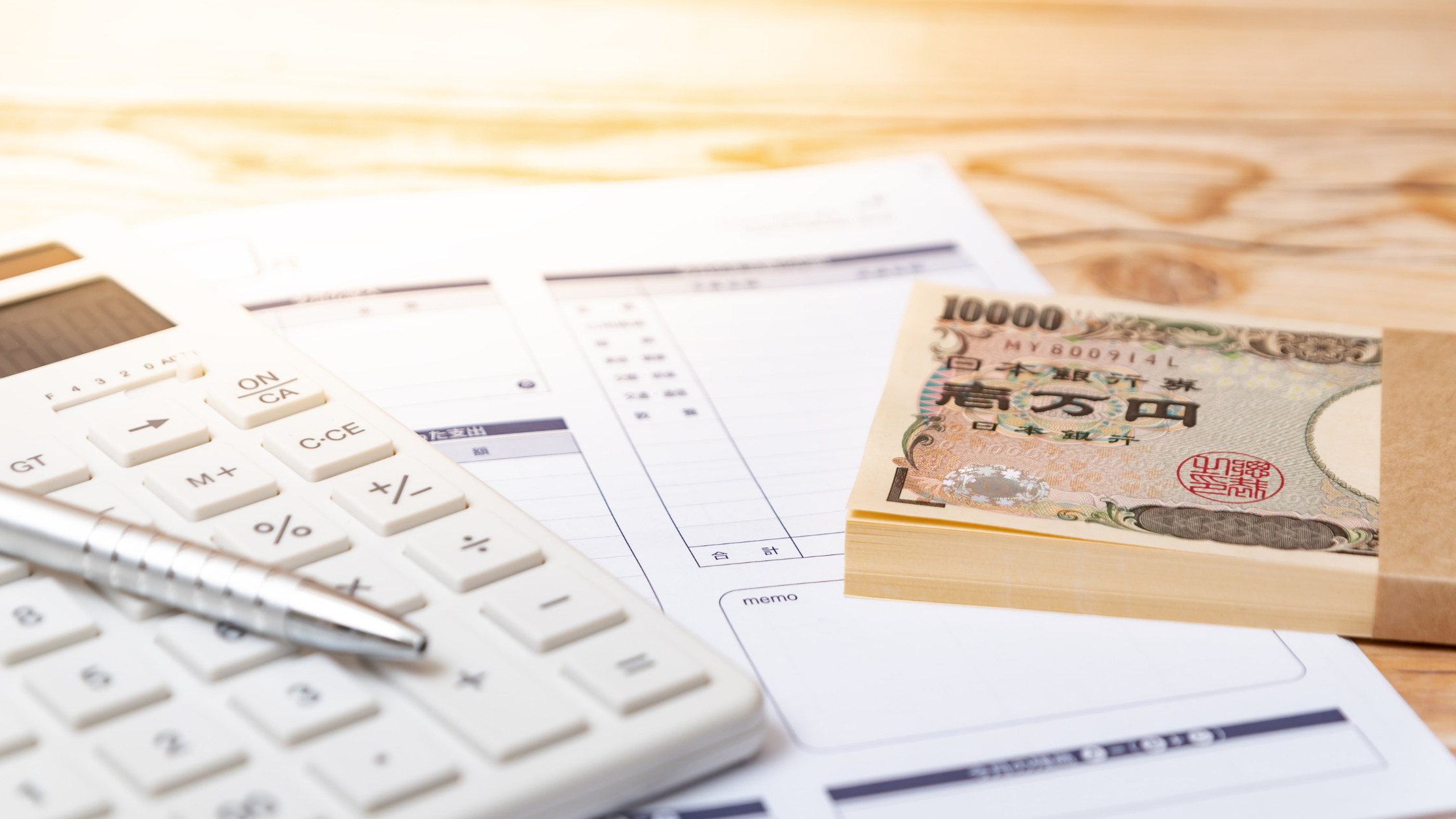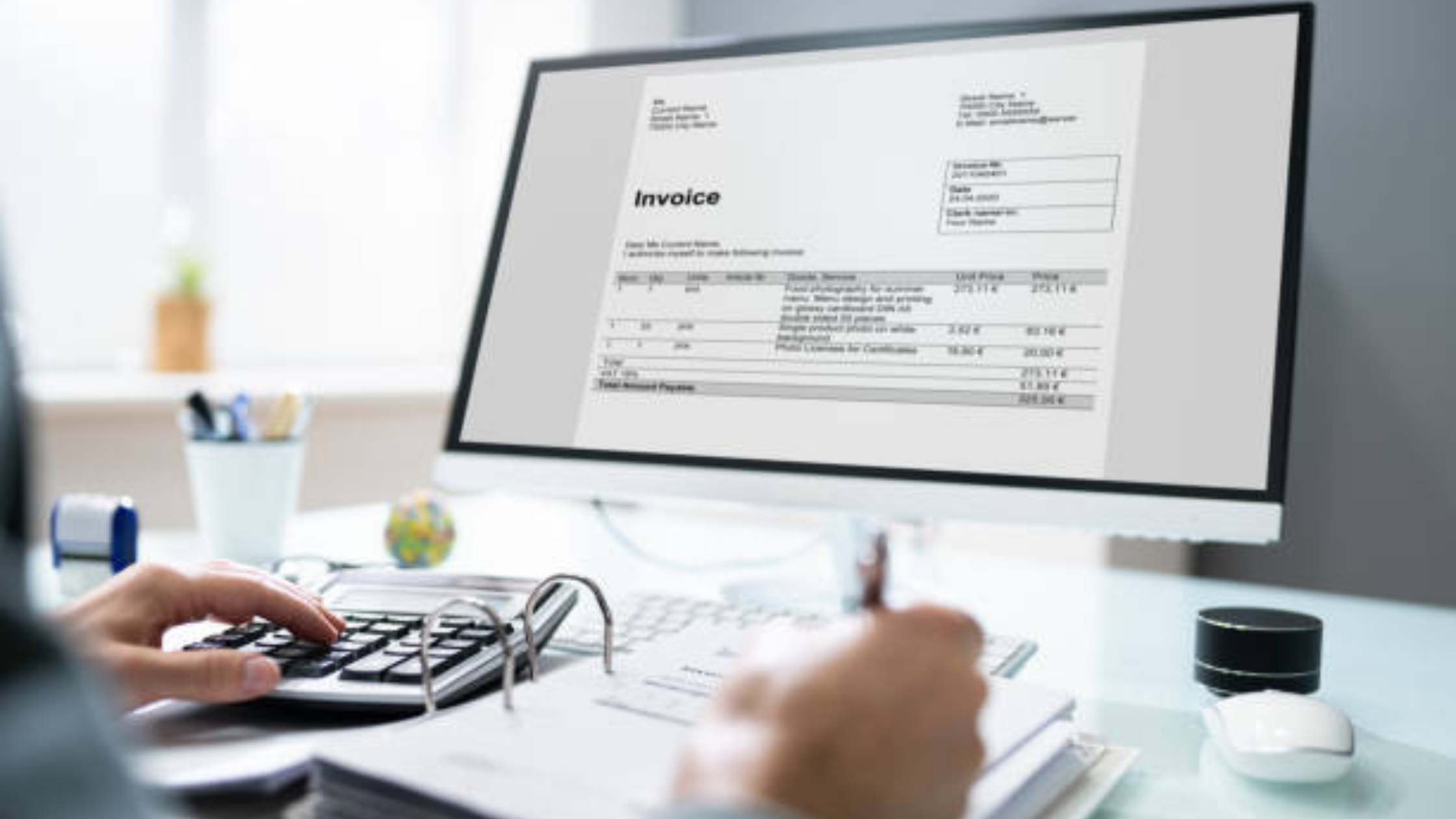Rent Receipts: What They Are and How to Use Them

Summary
- Rent receipts are documents that show proof of rent payment from a tenant to their landlord.
- Rent receipts contain important information, such as the date of payment, amount paid, names of tenant and landlord, and property address.
- Rent receipts are important for tenants to prove payment and for landlords to keep records and potentially claim tax benefits.
- Best practices for rent receipts include issuing them to tenants for every payment, keeping copies for landlords' records, and organizing them consistently and securely.
- Rent receipts can be physical or electronic and should be stored in a way that makes them easily accessible and backed up for security.
Rent receipts are an important aspect of renting, whether you're a tenant or a landlord. These documents provide a record of rent payments; which can be useful for both parties for tax purposes.
In this post, we'll take a closer look at what rent receipts are, why they're important, and how to use them.
What is a Rent Receipt?
A rent receipt is a document that shows proof of rent payment made by a tenant to their landlord. Rent receipts include the date of payment, the amount paid, and the name of the tenant and landlord. They may also include the address of the rental property and other relevant information, such as the payment method used.
There are two types of rent receipts: physical and electronic. Physical rent receipts are printed on paper and handed to the tenant. Electronic rent receipts are sent via email or other digital means. Both types of receipts are valid and can be used for record-keeping and proof of payment.
Components of a Rent Receipt
A rent receipt includes the following information:
Date of payment: The date that the rent payment was made.
Amount paid: The total amount paid for rent, including any late fees or other charges.
Name of tenant: The name of the tenant who made the payment.
Name of landlord: The name of the landlord or property management company.
Property Address: The address of the rental property.
Payment method: The method used to make the payment (e.g. cash, check, credit card, etc.).
Signature: A signature or stamp from the landlord to verify that the payment was received.
Why are Rent Receipts Important?
Rent receipts serve several important purposes for both tenants and landlords.
Legal Requirements for Rent Receipts
In some areas, landlords are legally required to provide rent receipts to their tenants upon request. For example, in Ontario, Canada, landlords are required to provide rent receipts to tenants who request them in writing. Other areas may have similar laws or regulations in place.
Proof of Payment for Tenants
Rent receipts provide tenants with proof of payment. This can be useful in a dispute or if a landlord claims that rent has not been paid. With a rent receipt, tenants may be able to prove that they paid rent on time and in full.
Record-keeping for Landlords
Rent receipts are also crucial for landlords, as they provide a record of rent payments made by their tenants. This information can be useful for accounting purposes. And for tracking late payments or other issues with rent payments.
Potential Tax Benefits
Landlords may also be able to claim tax deductions for rental expenses, including rent payments received from tenants. Rent receipts can help landlords to document these expenses and provide proof of income for tax purposes.
How to Use Rent Receipts
Issuing Rent Receipts to Tenants
If you're a landlord, it's essential to issue rent receipts to your tenants for every payment they make. This can be done in person or through electronic means. It depends on your preference and the tenant's preference. It's important to remember to include all the necessary information on your rent receipt as outlined above.
Keeping Copies of Rent Receipts for Landlords
Landlords should keep a copy of each rent receipt for their records. This can be done electronically or by keeping physical copies in a file or binder. Having a record of rent payments can be helpful in the event of a dispute or for tax purposes.
Best Practices for Storing and Organizing Rent Receipts
To ensure that you can easily access your rent receipts when you need them. It's important to have a system for storing and organising them.
Here are a few best practices to consider:
Use a consistent format: Whether you're using physical or electronic rent receipts; it's a good idea to use a consistent format to make them easier to manage. For example, use a specific naming convention or folder structure to organise your records.
Keep records up to date: Be sure to record rent payments in your records as soon as they are received. This will help you to stay on top of your accounting and ensure that your records are accurate.
Back up your records: If you're using electronic records, be sure to back them up regularly to protect against data loss. This might involve using a cloud-based storage solution or an external hard drive.
Secure your records: Rent receipts contain sensitive information, so keeping them secure is important. Consider using password protection or other security measures to prevent unauthorised access.
Conclusion
Rent receipts are an important part of renting, providing both tenants and landlords with valuable records of rent payments. Whether you're a tenant or a landlord, it's important to understand what rent receipts are, why they're important, and how to use them effectively. By following the best practices outlined in this post, you can ensure that your rent receipts are accurate, well-organised, and easily accessible when you need them.







